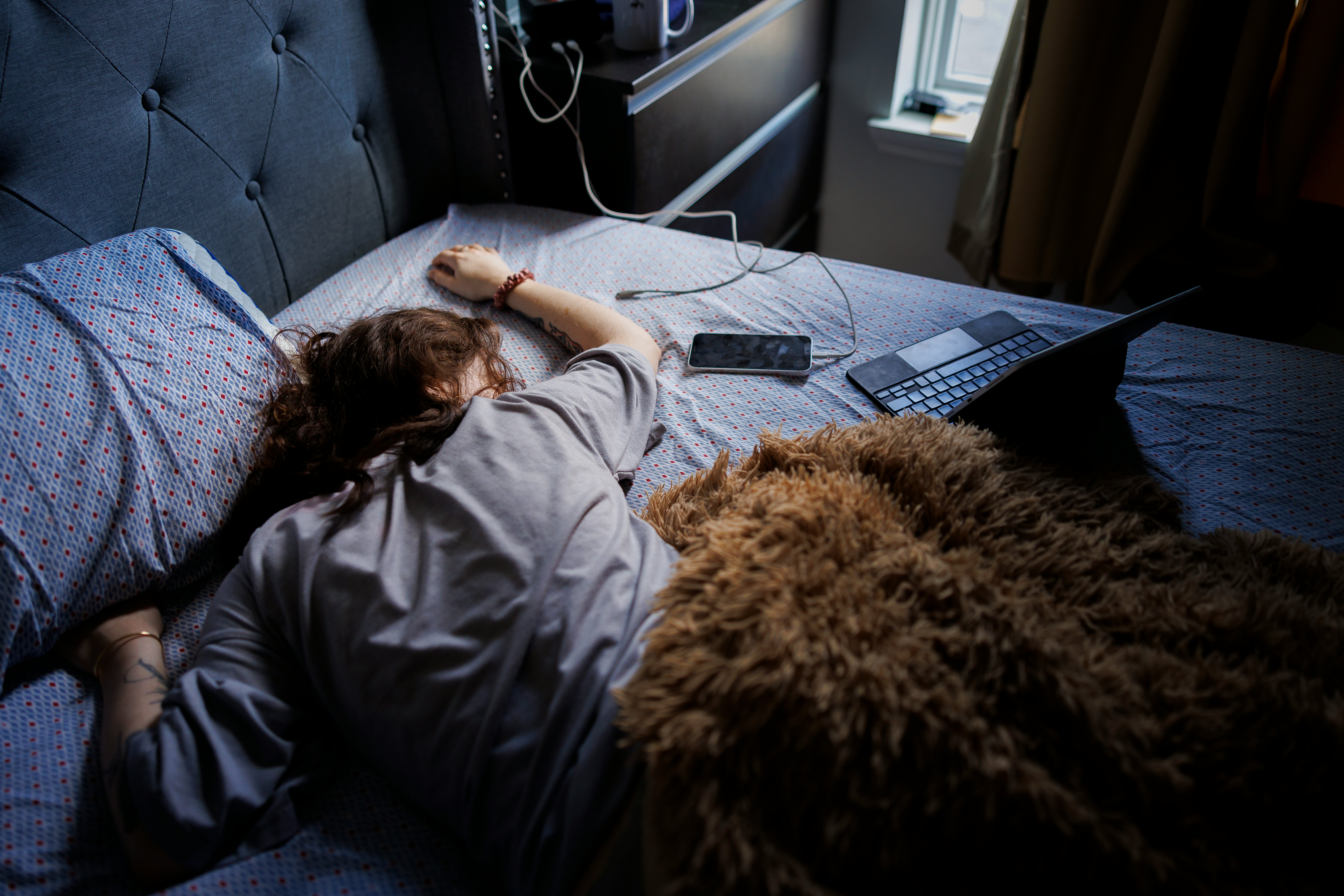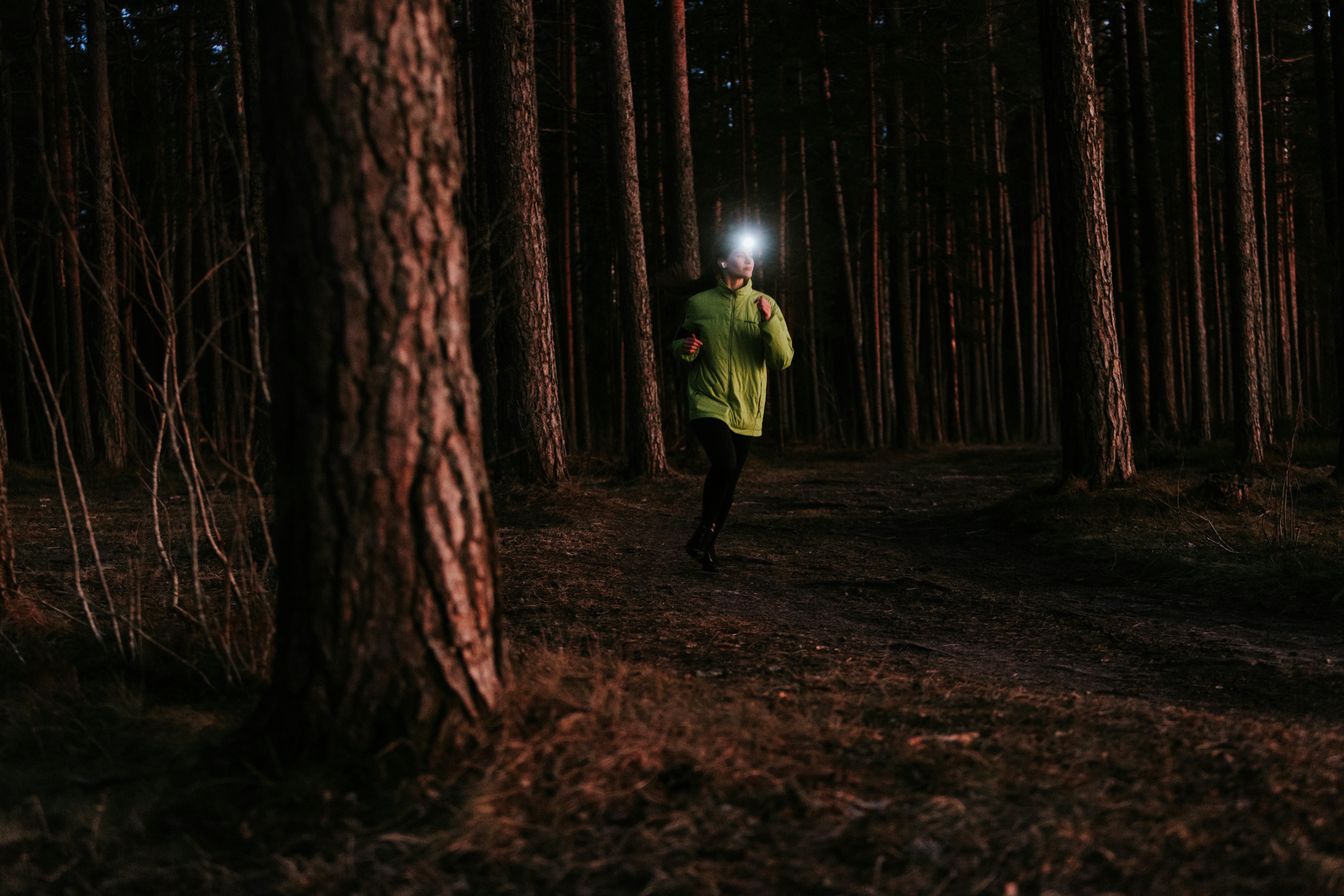
When the clocks go back and we gain an extra hour, it might seem like a welcome bonus. But not for everyone. Night owls, those who naturally prefer staying up late and waking up late, often find this time of year particularly difficult.
The explanation lies in the science of our internal clocks.
Chronotypes are our natural preference for waking and sleeping at certain times, whether you’re an early bird who springs out of bed with the dawn or a night owl who comes alive in the evening.
This variation is partly genetic, and it also influences our body’s natural rhythms, like hormone release and body temperature fluctuations. During the day, the hormone cortisol increases to help us feel alert and energized, while another hormone, melatonin, which induces sleepiness, is produced more in the evening. Similarly, our body temperature fluctuates, generally reaching its peak in the late afternoon and dropping during the night to facilitate sleep.
When the clocks go back, night owls often face a double burden. Their biological rhythm is already shifted later compared to others, and the sudden change in daylight makes it harder to align with the social clock that dictates work and school schedules.
For night owls, the sudden shift means losing evening daylight when they might naturally be more alert and active. This change can exacerbate feelings of social jet lag, a state where their internal body clock is out of sync with societal demands. Research shows that social jet lag is associated with increased stress, lower mood, and even health effects such as poorer cardiovascular health.
If that wasn’t enough, those with an evening chronotype tend to have a harder time adapting to abrupt changes in sleep patterns. Their melatonin (the hormone that signals it’s time for sleep) is released later in the evening. When daylight saving ends, this delay can lead to even greater misalignment between their internal clock and the environment.

Research from people living in polar regions, where there is very little daylight for several months of the year, reveals how sensitive our sense of time is to light exposure. A 2020 study on the crew at the Belgrano II Argentine Antarctic station measured their estimation of time in the seconds to minutes range at five different points in the year. It found that people’s perception of time in winter is due to the lack of daylight and the social isolation and confinement that came with living at the station.
Research in polar regions is providing insights into how different chronotypes adapt to extreme daylight conditions. For example, some studies have shown that people with morning chronotypes tend to adapt better to the prolonged daylight of polar summers, maintaining more stable sleep patterns and mental health. Those with evening chronotypes often struggle with long periods of darkness in polar winters, leading to greater sleep disruptions and mood disturbances.
These insights not only have the potential to improve the quality of life for people in such settings but could also be instrumental in future space exploration, where adapting to unique time cues will be essential.
Dark moods and light deprivation
This struggle isn’t just about feeling tired. It affects productivity, mental health, and life satisfaction. Studies suggest that people with later chronotypes are more vulnerable to seasonal affective symptoms when the days get shorter. This may be because night owls are more likely to be deprived of the morning light that helps regulate circadian rhythms.
Morning light is particularly important for regulating circadian rhythms because it contains a higher amount of blue light, which is the most effective wavelength for stimulating the body’s production of cortisol and suppressing melatonin. Exposure to natural morning light helps reset the internal clock too.
Night owls often face practical challenges that early birds may not fully appreciate. The misalignment between their natural sleep patterns and the demands of traditional work or school schedules can lead to chronic sleep deprivation. This struggle to adapt to an early schedule can harm cognitive performance, decision-making, and productivity. Studies have found that night owls are more likely to experience difficulties with metabolic health (processing food like fat and sugar), which may be linked to irregular sleep-wake patterns.
Owls of the night may also find it harder to reap the benefits of morning activities that can help improve mood and well-being. Activities like outdoor exercise in natural light are particularly effective in regulating circadian rhythms. That’s why night owls who miss morning light might not get the same benefits from evening activities. This lack of alignment with societal norms can lead to feelings of isolation or being misunderstood. By recognizing and validating these differences, we can begin to create environments that support the needs of different chronotypes.
The challenges that night owls face when the clocks go back highlight how our society’s rigid schedules don’t always accommodate the diversity of human biology. Recognizing these differences can be a first step toward supporting people whose internal clocks don’t align with the norm – whether through flexible work hours, light therapy, or simply greater awareness of chronotype differences.
This article was originally published on The Conversation by Darren Rhodes at Keele University. Read the original article here.







